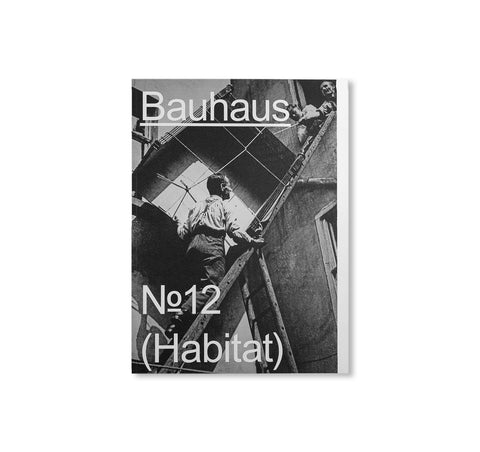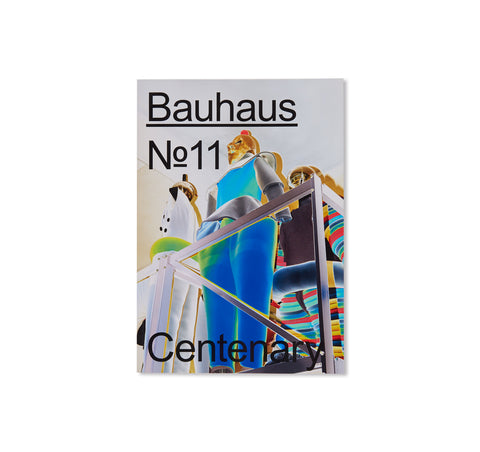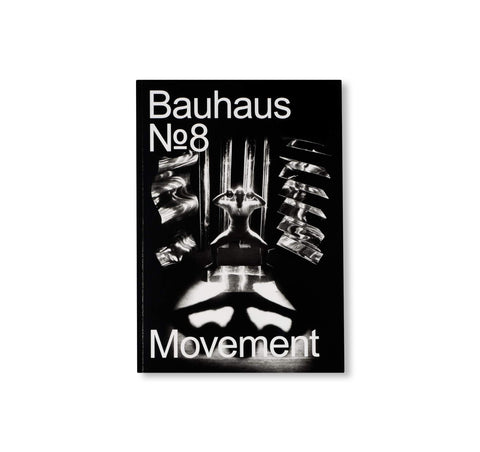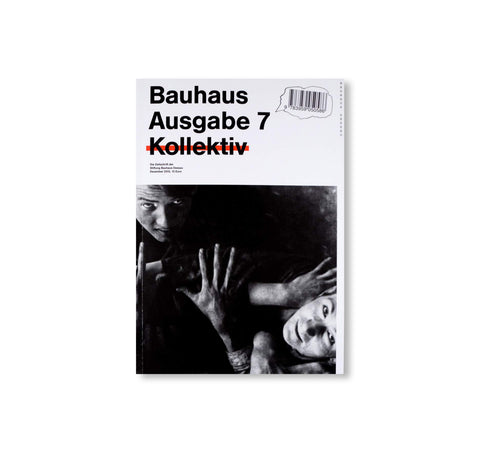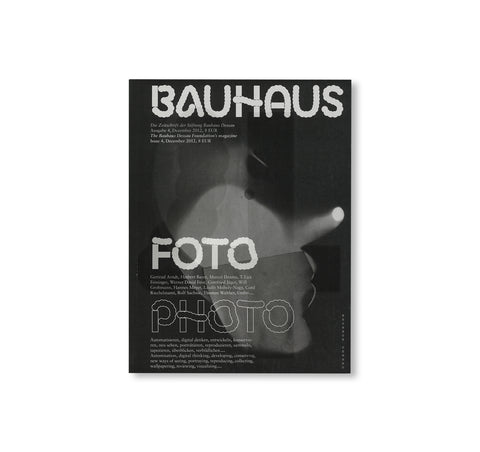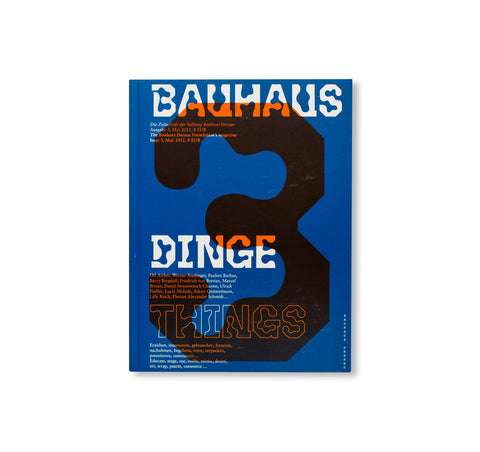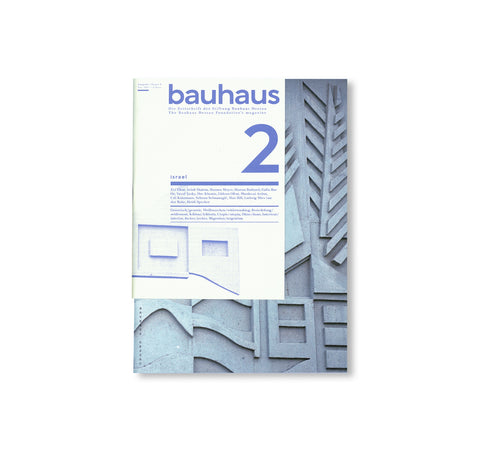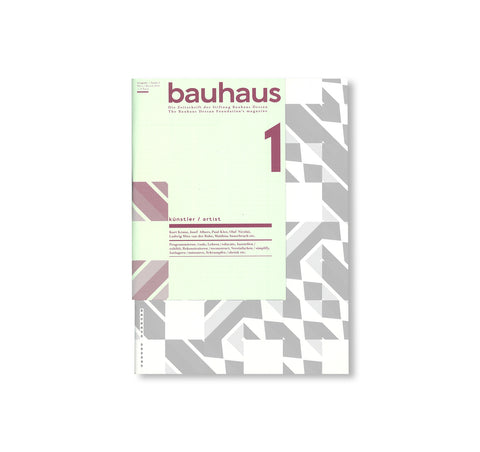TROPICS - BAUHAUS 5. The Bauhaus Dessau Foundation's Magazine by Stiftung Bauhaus Dessau
The Bauhaus Dessau Foundationによる雑誌『Bauhaus No.5』。第5号は、モダニズムの理想としての熱帯地方の果たした役割に光を当てる。トルステン・ブルーメ(Torsten Blume)はモダニズムにおける裸体の様々な側面を探求し、ツビ・エフラト(Zvi Efrat)はナイジェリアにあるアリエ・シャロン(Arieh Sharon)の「熱帯建築」について書き、ブレンダ・ダニロヴィッツ(Brenda Danilowitz)は先コロンブス期の芸術がアンニ・アルバース(Anni Alber)のテキスタイルの作品に与えた影響を証明した。カローラ・エーベルト(Carola Ebert)とシュテファン・ロック(Stefan Locke)はバンガロー文化の歴史を世界的な建築の現象として提示し、レジーナ・ビットナー(Regina Bittner)はインドとヨーロッパのモダニズムの文化交流について説明し、マリオン・フォン・オステン(Marion von Osten)はナチスがシュトゥットガルトにあるヴォイセンフォーフ団地の評判を悪くしようとして「アラブの街」と呼んだナチスの陰険なプロパガンダを分析した。これに加えて、オットー・ノイラート(Otto Neurath)以降の情報デザイン、エーリヒ・ボルヒェルト(Erich Borchert)と彼がモスクワで辿った運命、そしてデッサウのデザインスタジオで起きた数々の恋愛についての記事を収録している。
The fifth issue of Stiftung Bauhaus Dessau’s new periodical focuses on the role of the tropics as an ideal of modernism. Torsten Blume explores aspects of nudity in modernism, Zvi Efrat writes about Arieh Sharon’s »tropical architecture« in Nigeria, Brenda Danilowitz proves the influence of pre-Colombian art on Anni Alber’s work with textiles, Carola Ebert and Stefan Locke offer a cultural history of the bungalow as a global architectural phenomenon, Regina Bittner describes the transcultural exchange between Indian and European modernism and Marion von Osten analyses the insidious propaganda used by the Nazis to discredit the Weißenhof settlement in Stuttgart as an “Arab village”. Also includes articles on information design after Otto Neurath, Erich Borchert and his fate in Moscow and love affairs at the studio complex in Dessau.







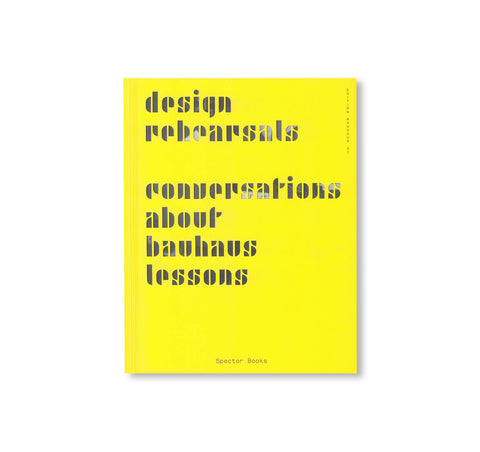
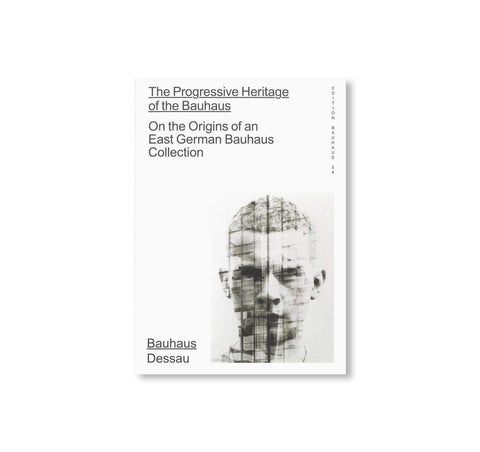
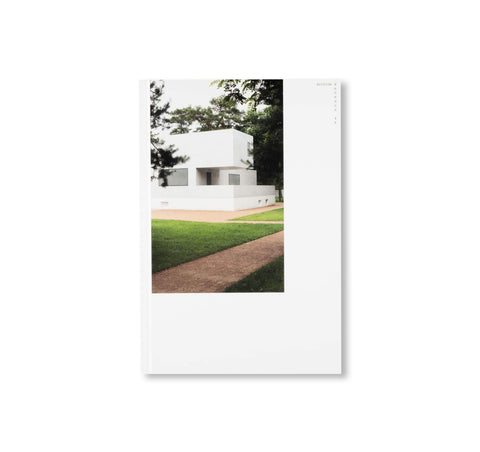
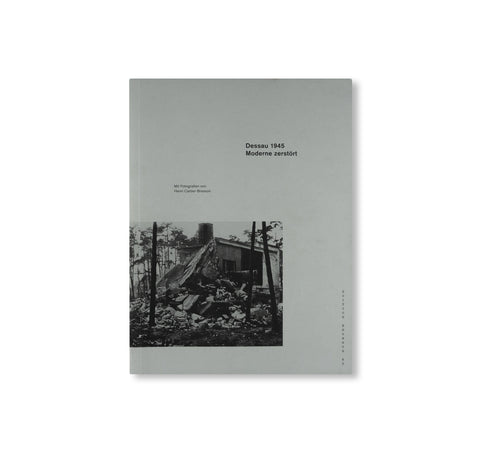

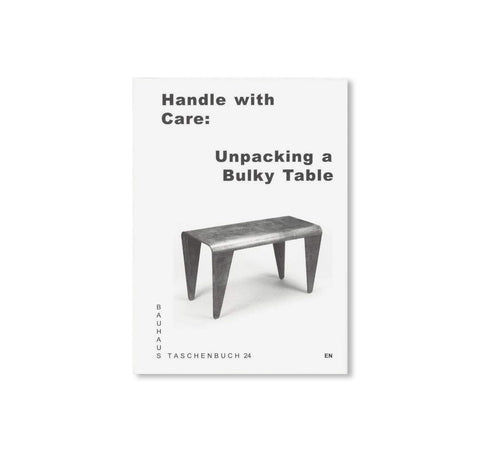
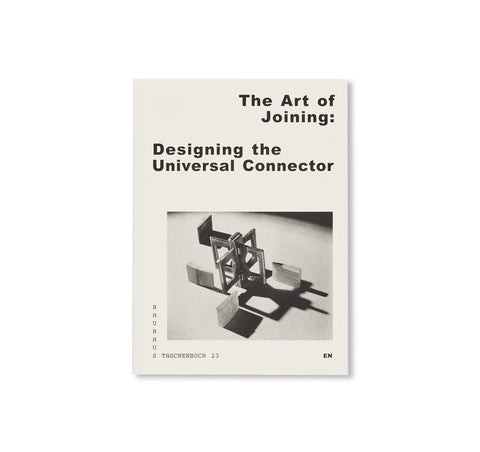
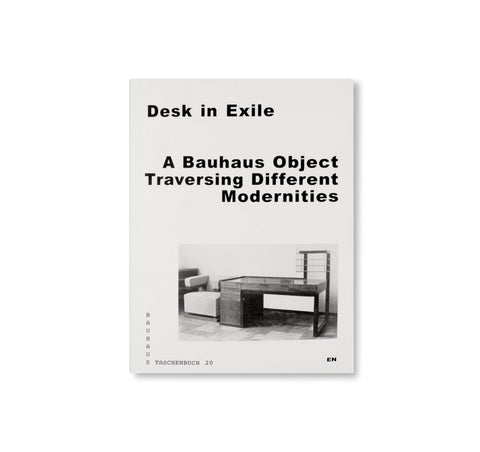
![MOBILITÄTSDESIGN FÜR DIE BAUHAUS FAHRRADSTADT - Bauhaus Paperback 19 - by Stiftung Bauhaus Dessau [GERMAN EDITION]](http://twelve-books.com/cdn/shop/products/MOBILITATSDESIGNFURDIEBAUHAUSFAHRRADSTADT000_large.jpg?v=1595182154)
![JUNGES DESIGN IN DEN MEISTERHÄUSERN DESSAU - Bauhaus Paperback 17 by Stiftung Bauhaus Dessau [GERMAN EDITION]](http://twelve-books.com/cdn/shop/products/JUNGESDESIGNINDENMEISTERHAUSERNDESSAU000_large.jpg?v=1595180724)
![JUNKERS BAUT. EINE SPURENSUCHE - Bauhaus Paperback 13 by Sven Tornack, Andreas Butter, Stiftung Bauhaus Dessau [GERMAN EDITION]](http://twelve-books.com/cdn/shop/products/JUNKERSBAUT00_large.jpg?v=1596796389)
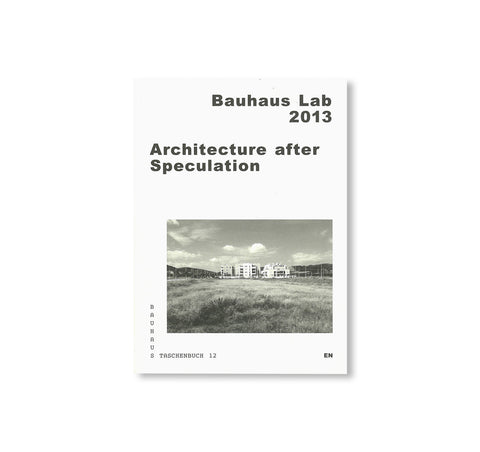
![JUNGES DESIGN AM BAUHAUS DESSAU / Bauhaus Paperback 11 by Jutta Stein, Katja Klaus, Stiftung Bauhaus Dessau [GERMAN EDITION]](http://twelve-books.com/cdn/shop/products/JUNGESDESIGNAMBAUHAUSDESSAU000_large.jpg?v=1595180761)
![DIE MEISTERHÄUSER IN DESSAU / Bauhaus Paperback 10 by Stiftung Bauhaus Dessau [GERMAN EDITION]](http://twelve-books.com/cdn/shop/products/DieMeisterhauserinDessau00_large.jpg?v=1595164999)
![DIE SIEDLUNG DESSAU TÖRTEN 1926 bis 1931 / Bauhaus Paperback 7 by Stiftung Bauhaus Dessau [GERMAN EDITION]](http://twelve-books.com/cdn/shop/products/DIESIEDLUNGDESSAUTORTEN1926BIS1931-BAUHAUSTASCHENBUCH700_large.jpg?v=1594927350)
![DAS BAUHAUSGEBÄUDE IN DESSAU / Bauhaus Paperback 5 by Christin Irrgang, Ingolf Kern, Stiftung Bauhaus Dessau [GERMAN EDITION]](http://twelve-books.com/cdn/shop/products/DASBAUHAUSGEBAUDEINDESSAU000_large.jpg?v=1595174641)
